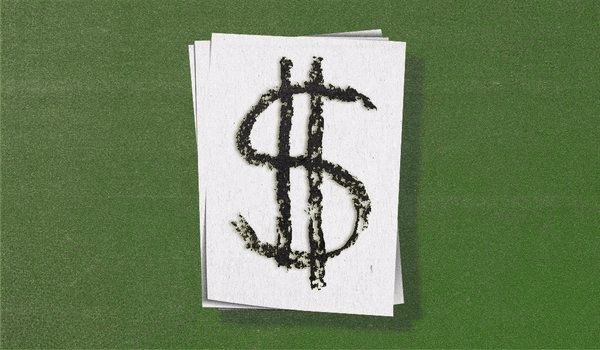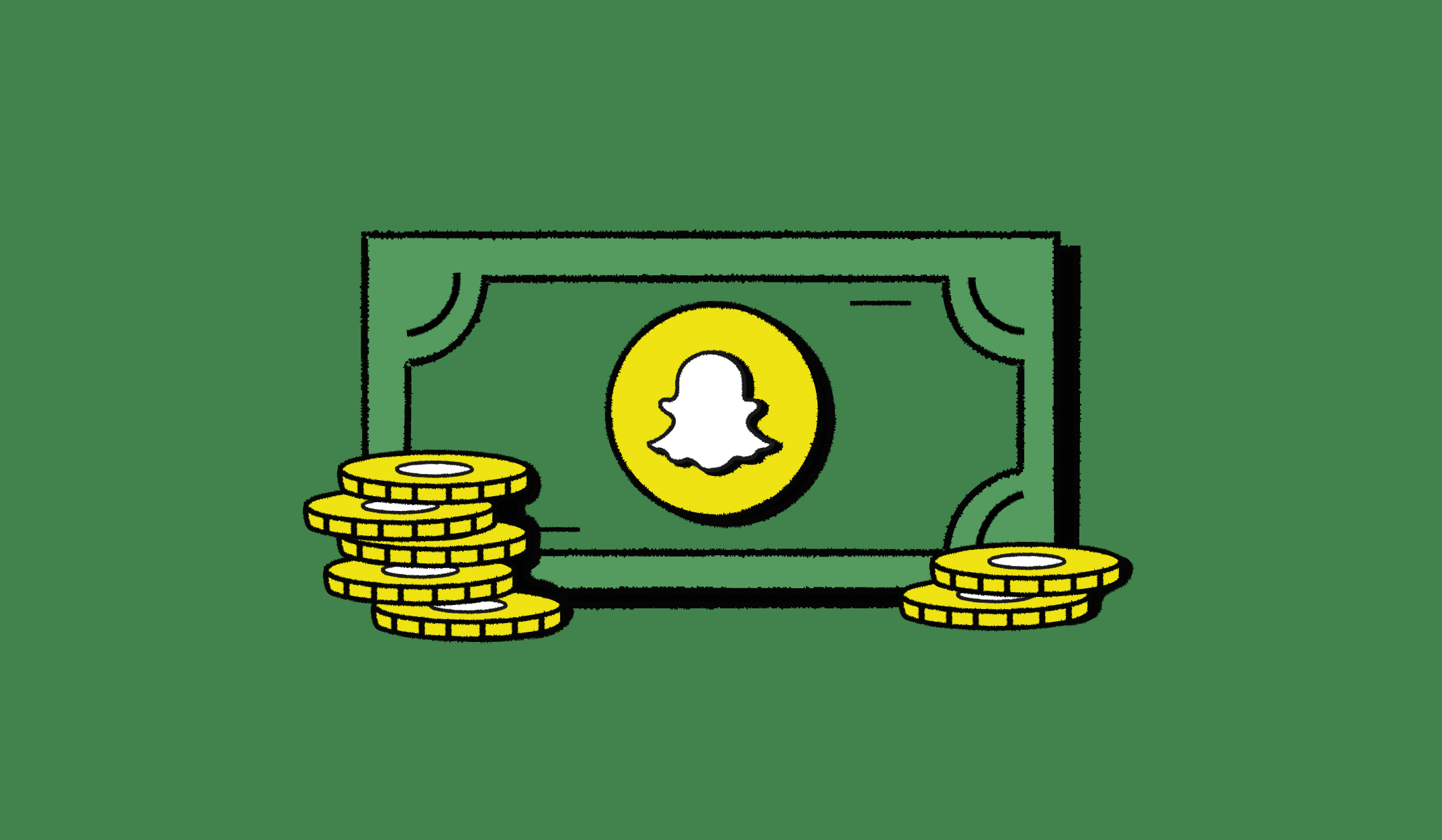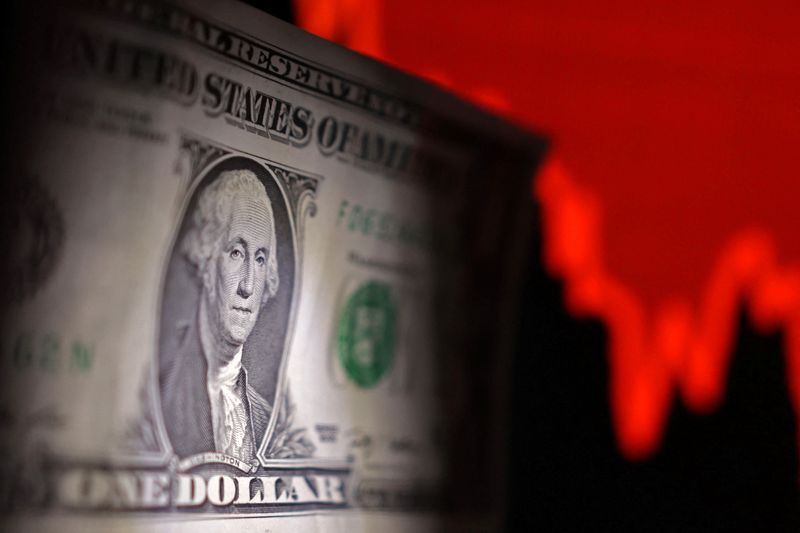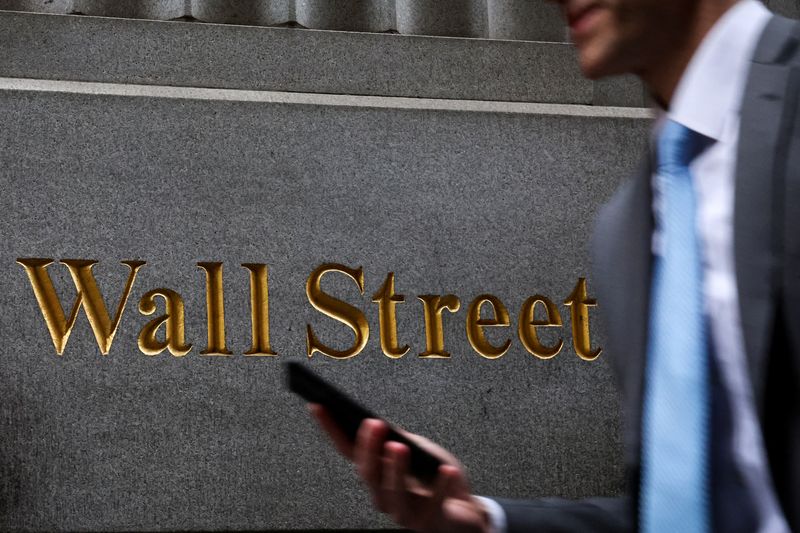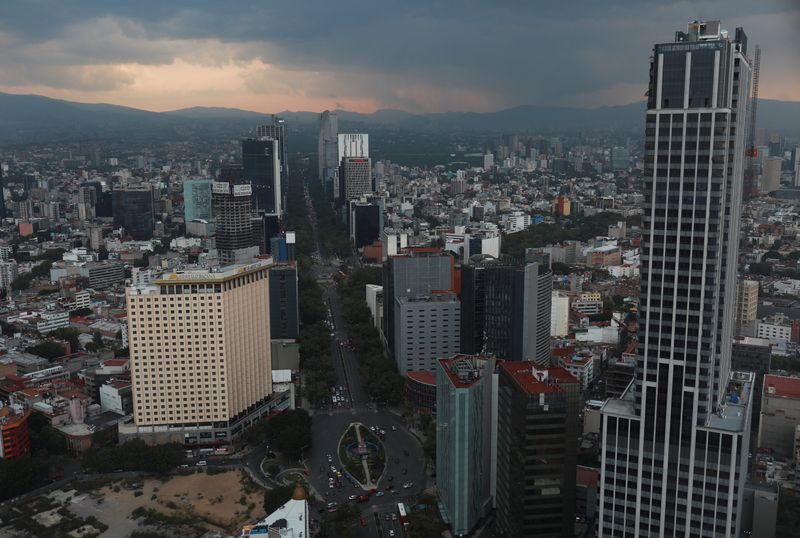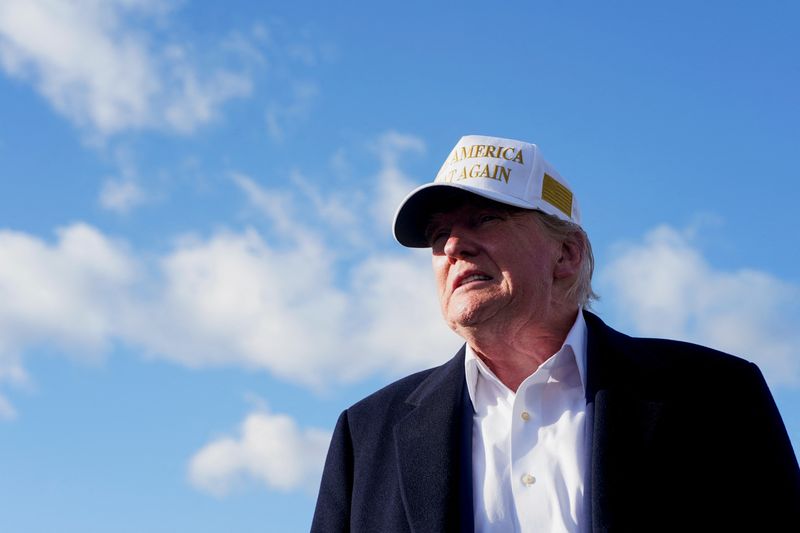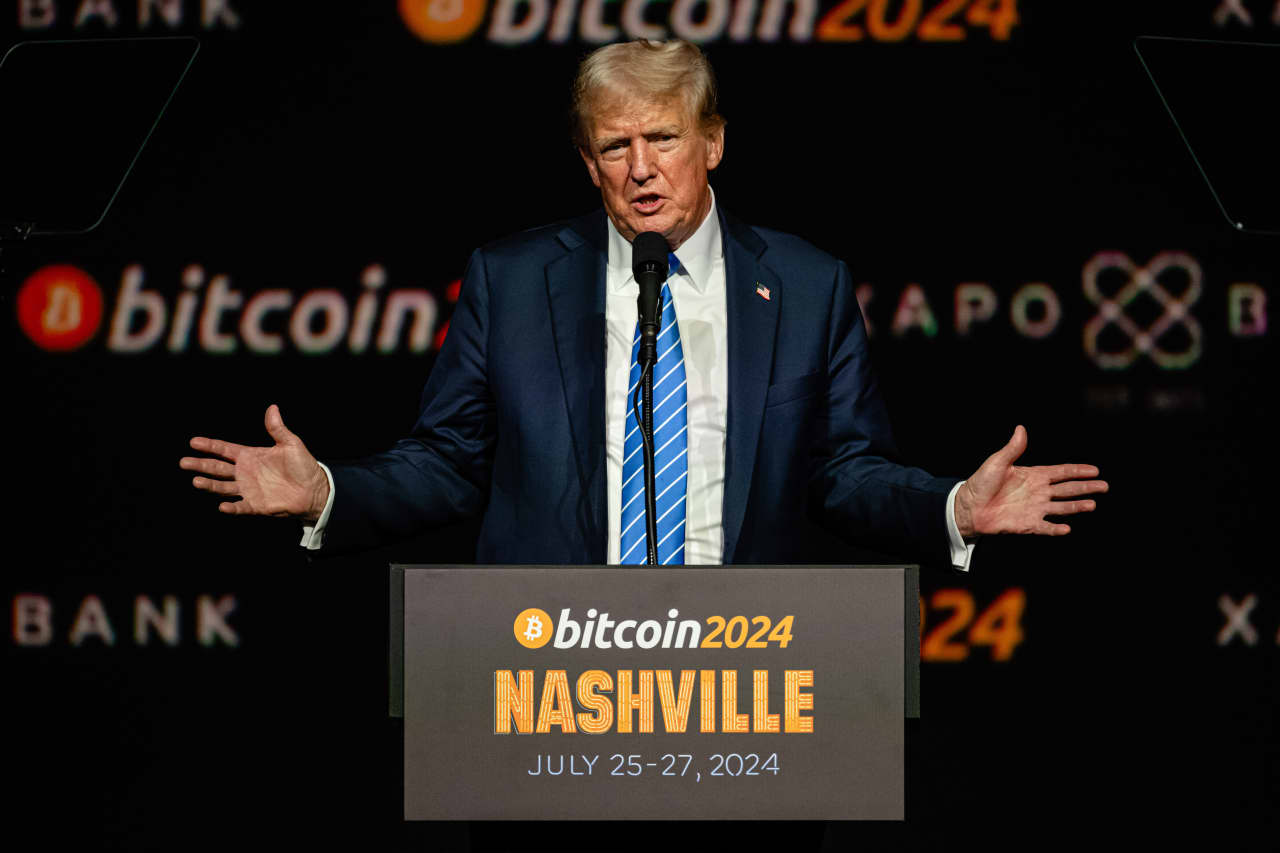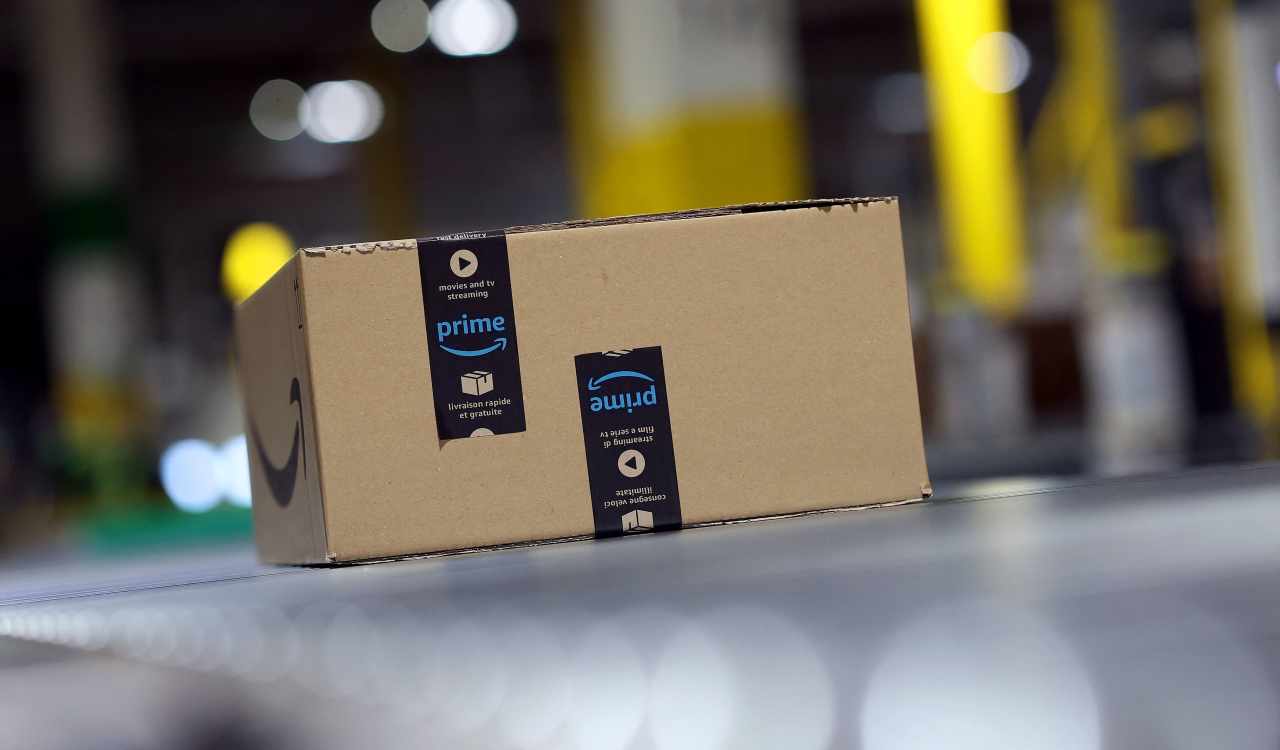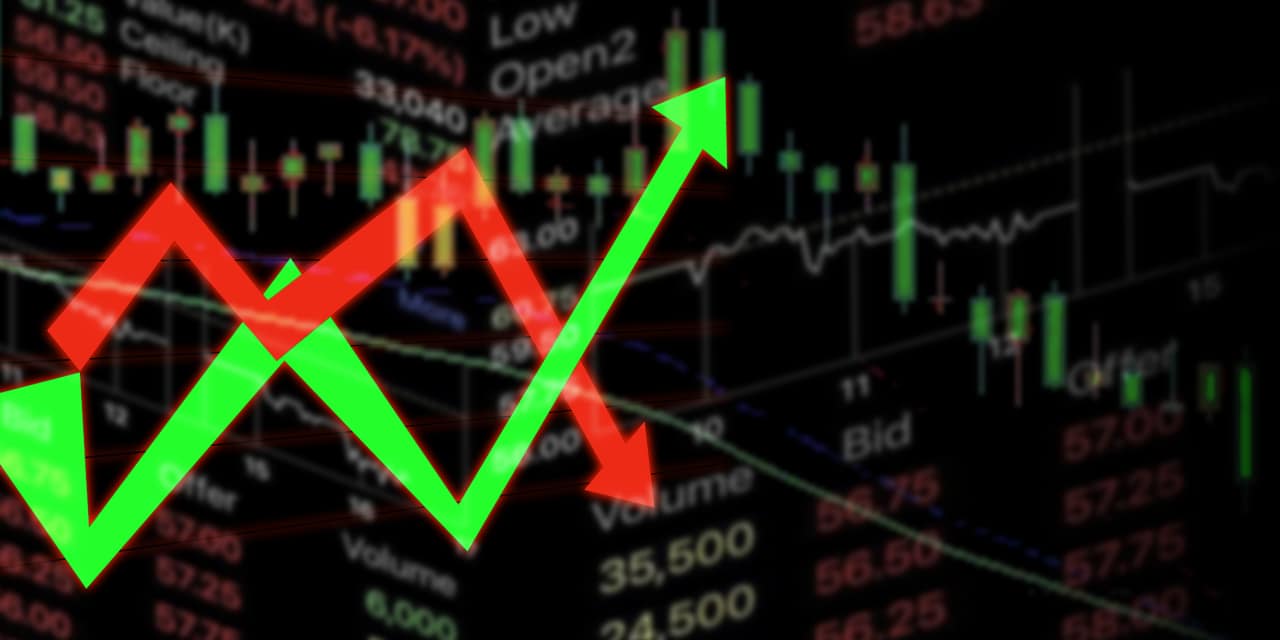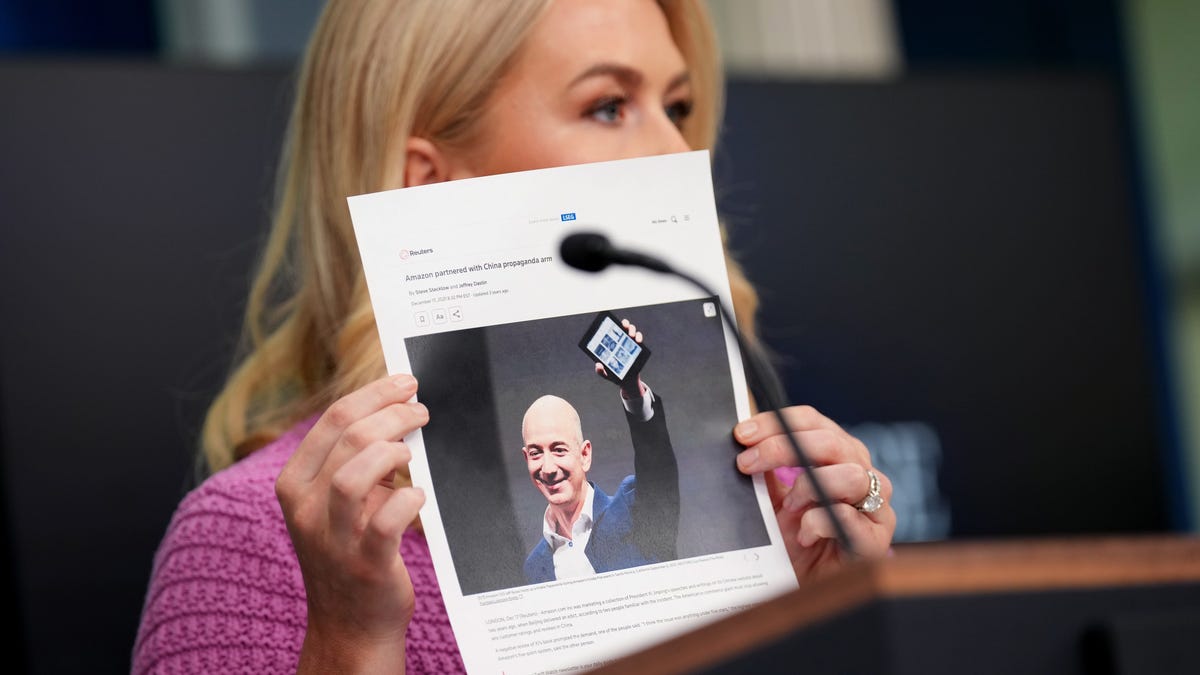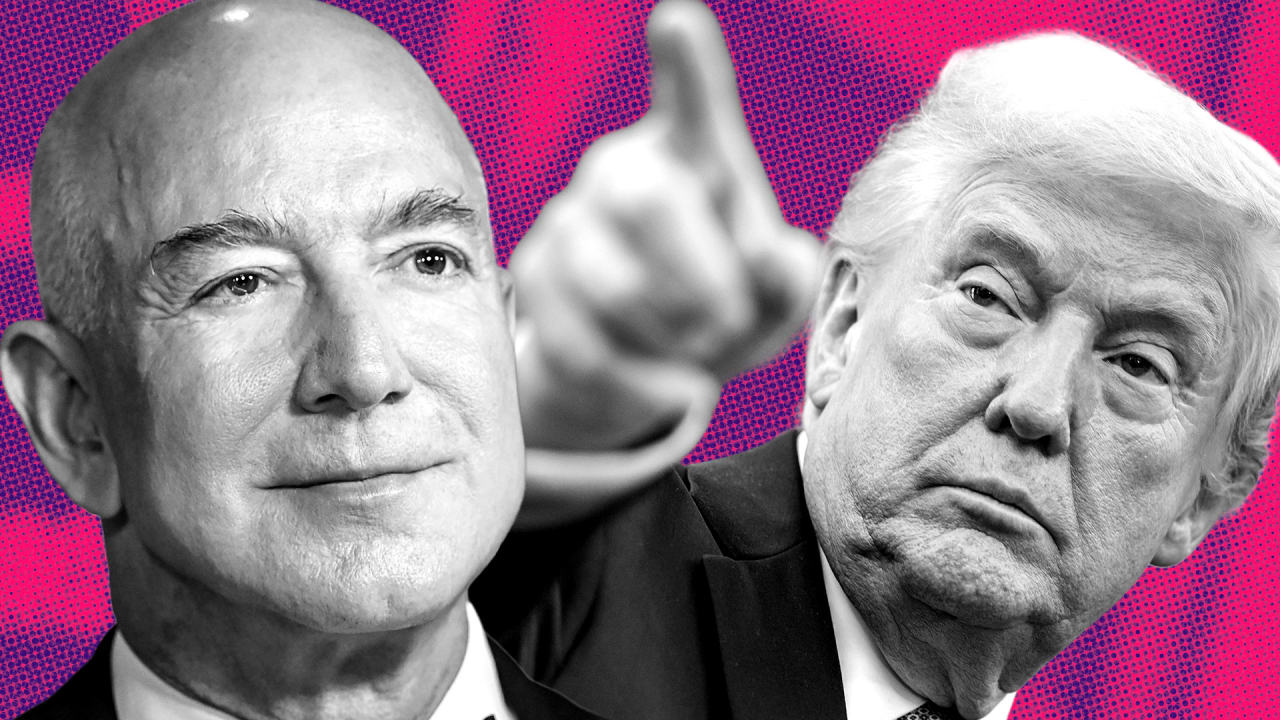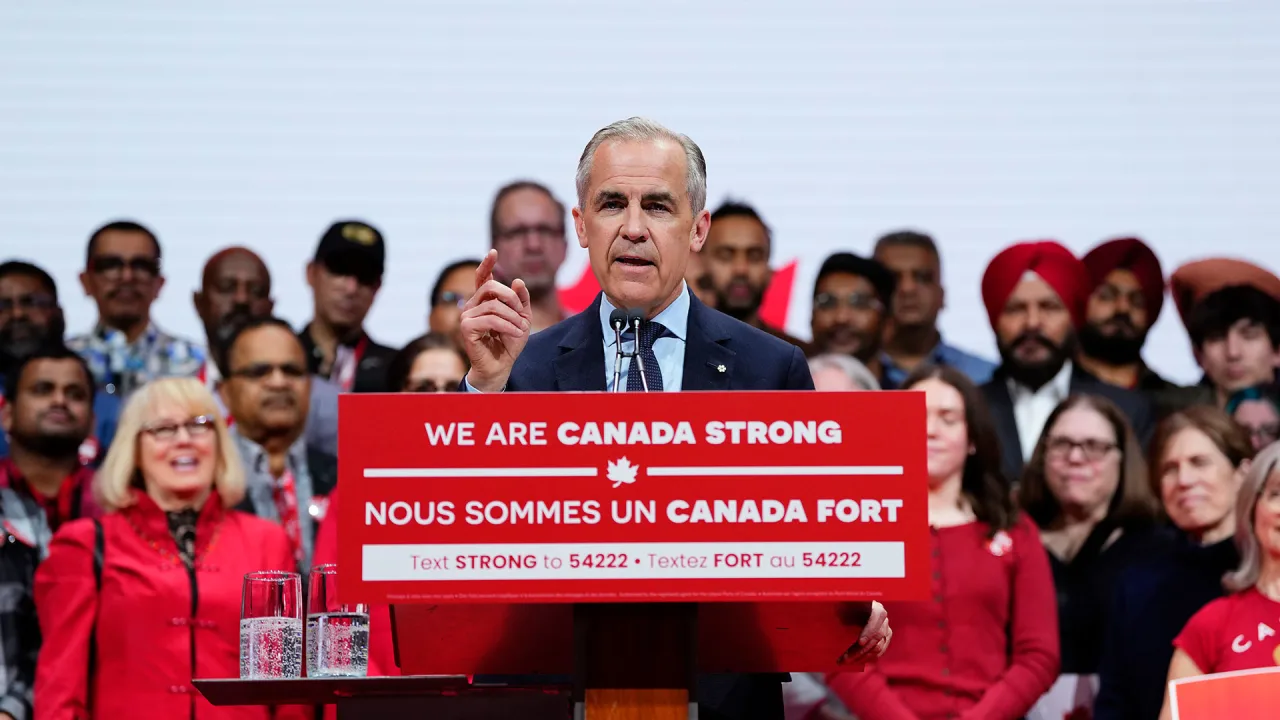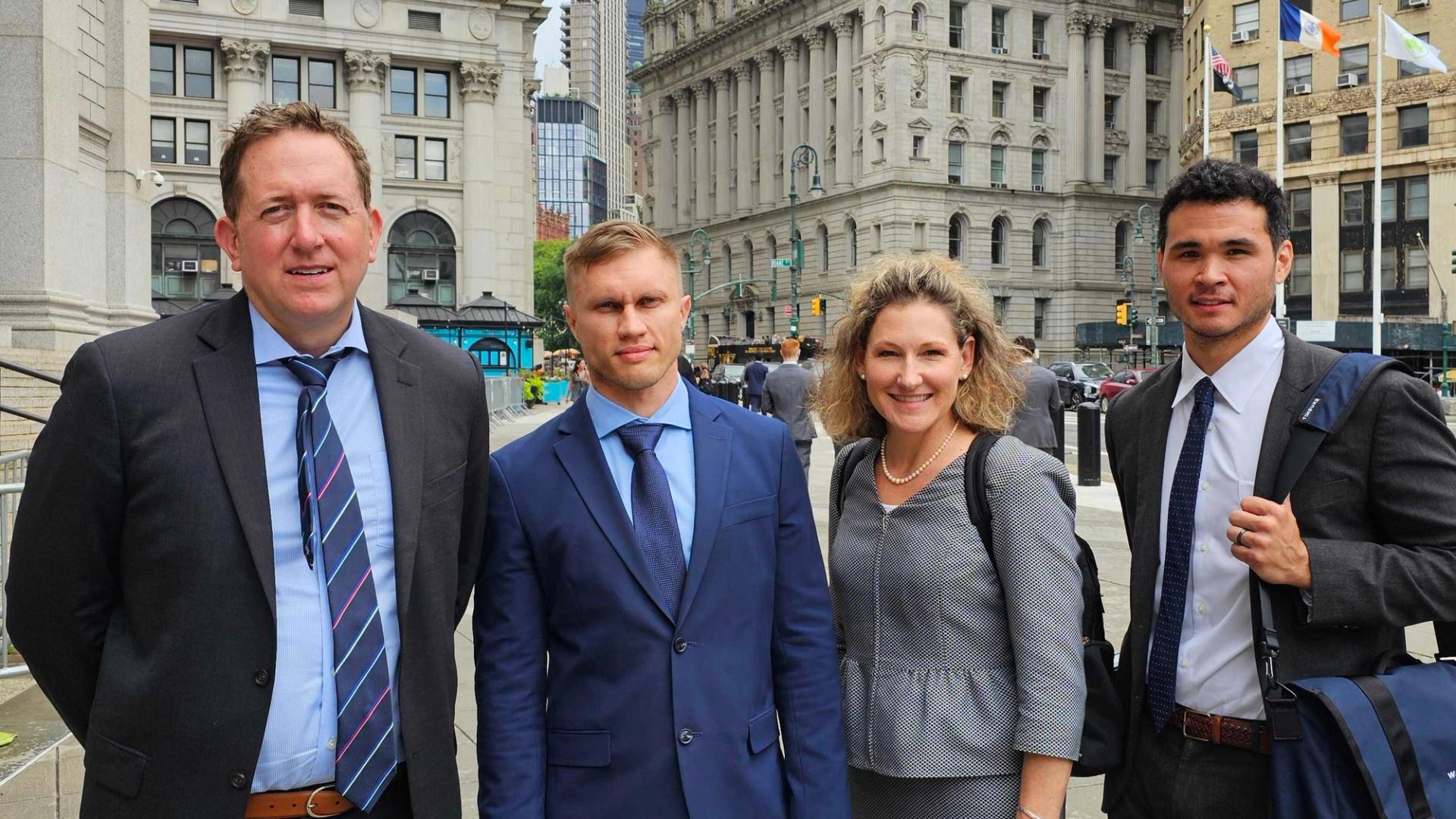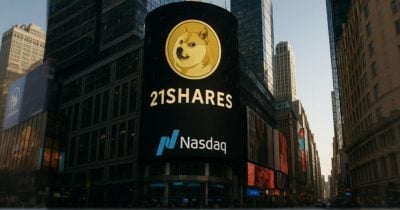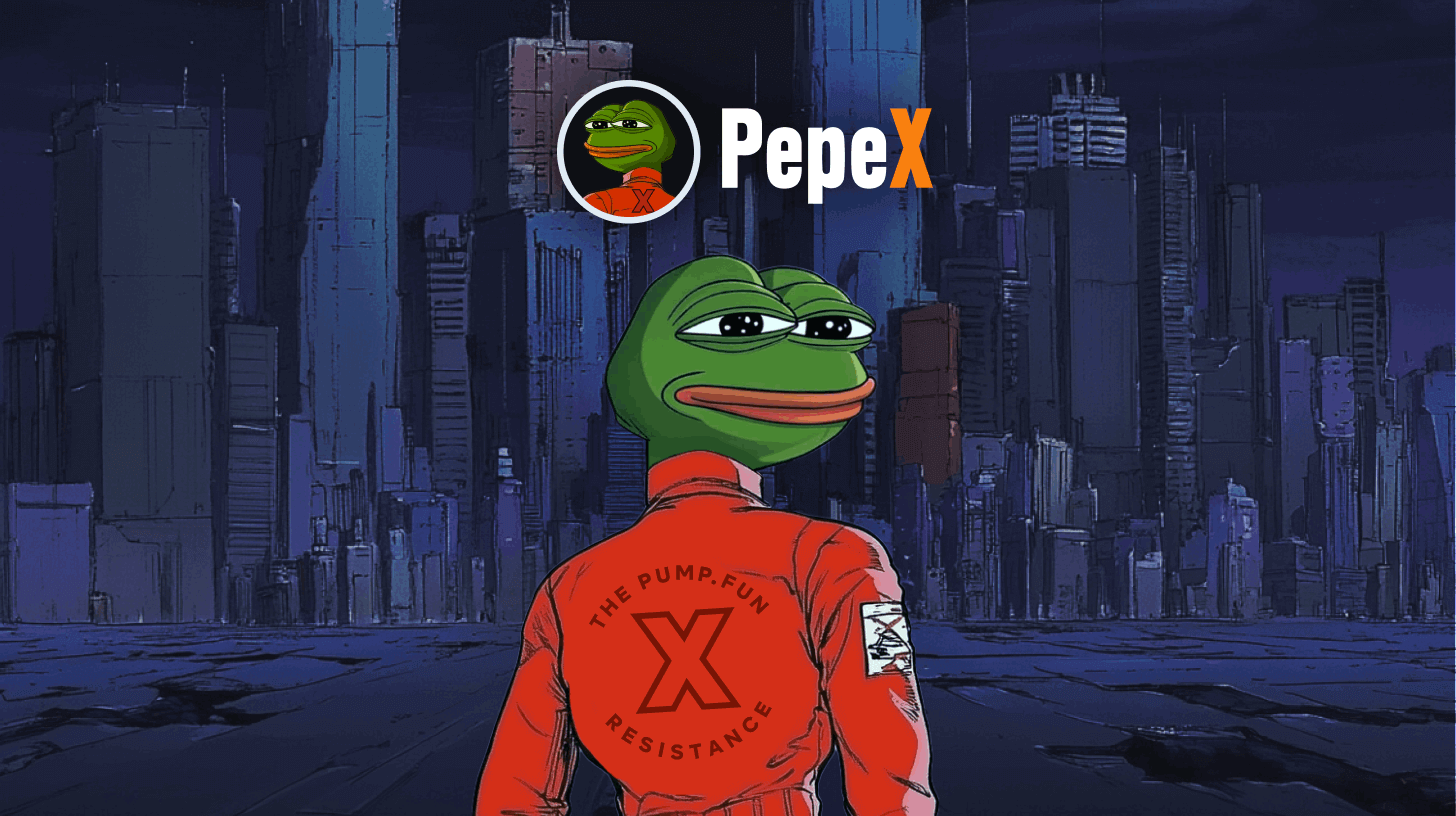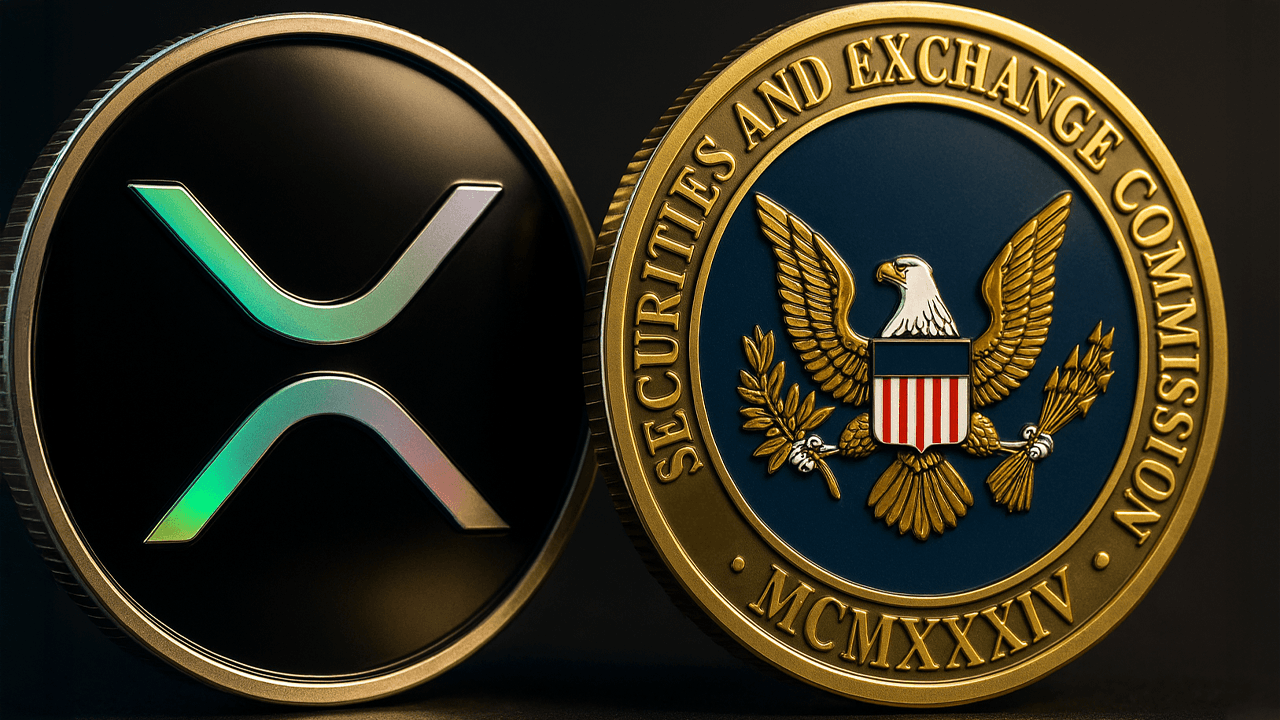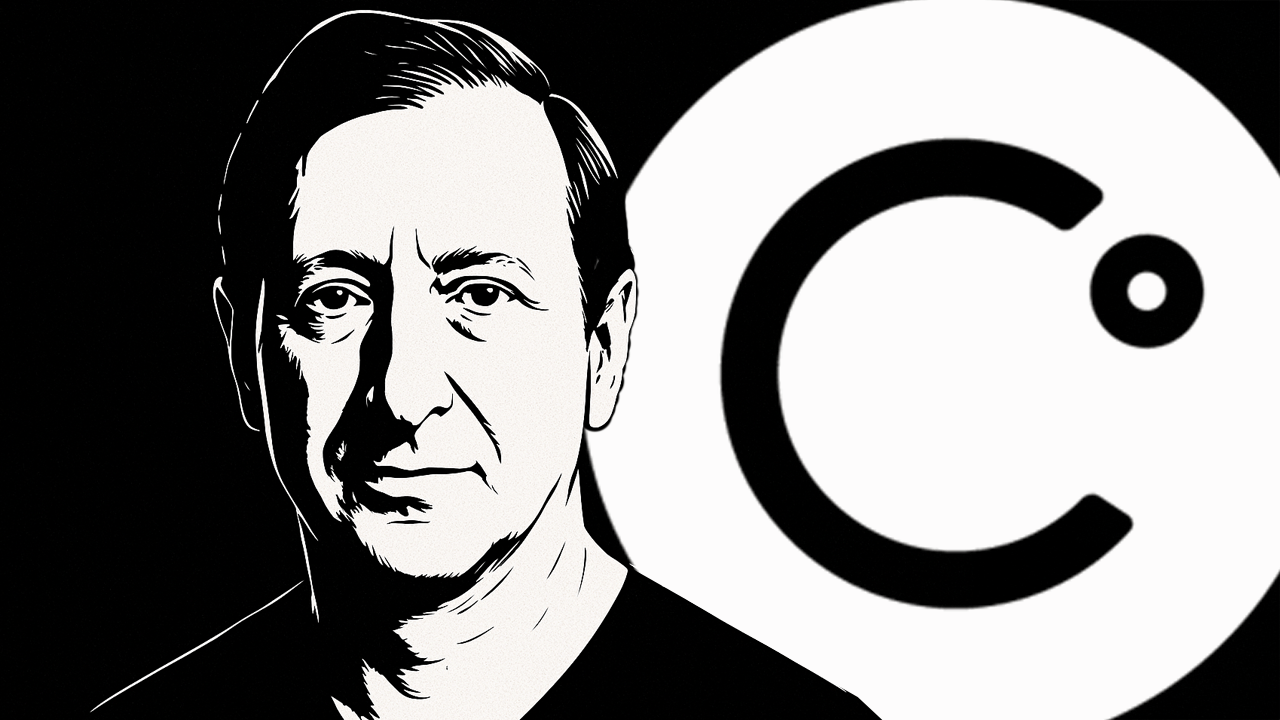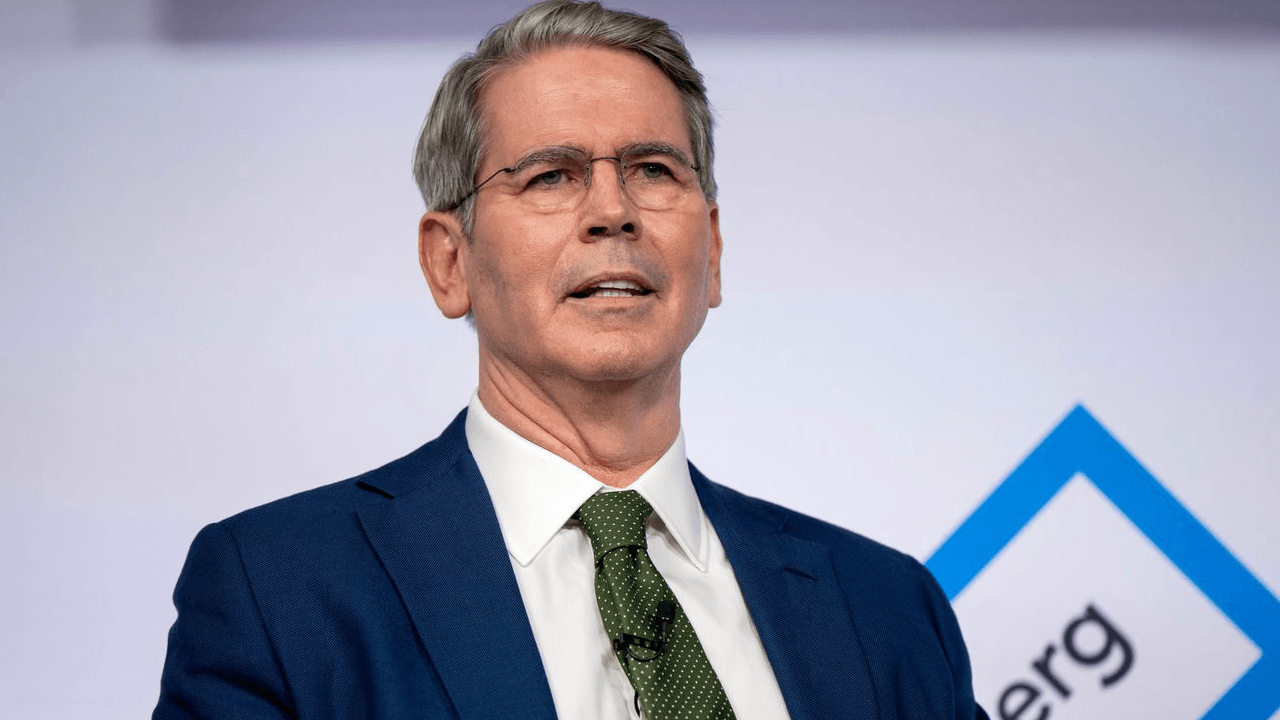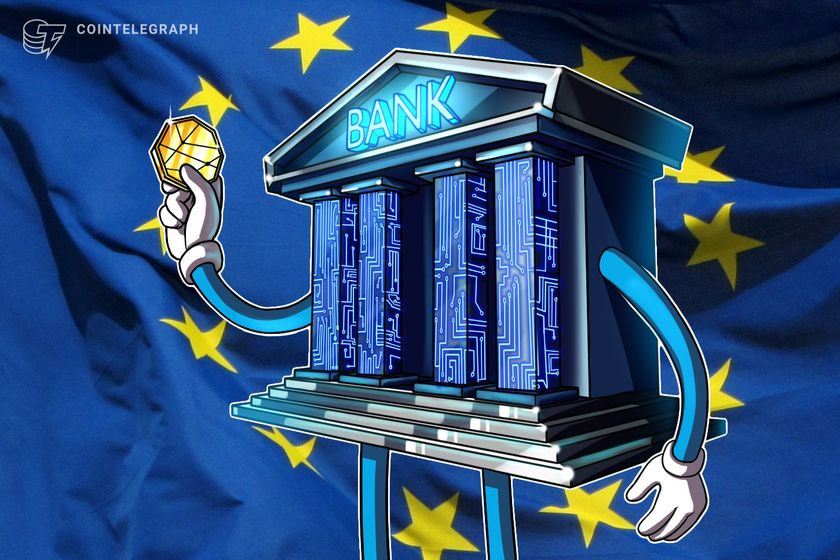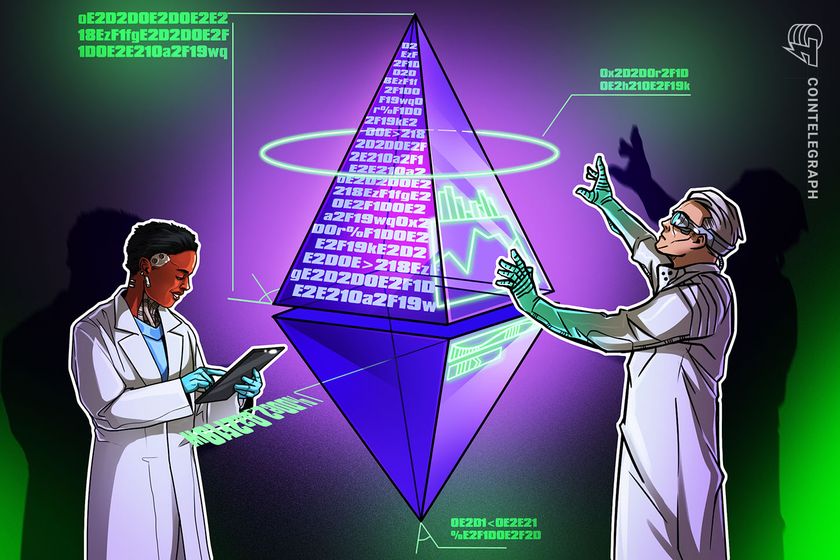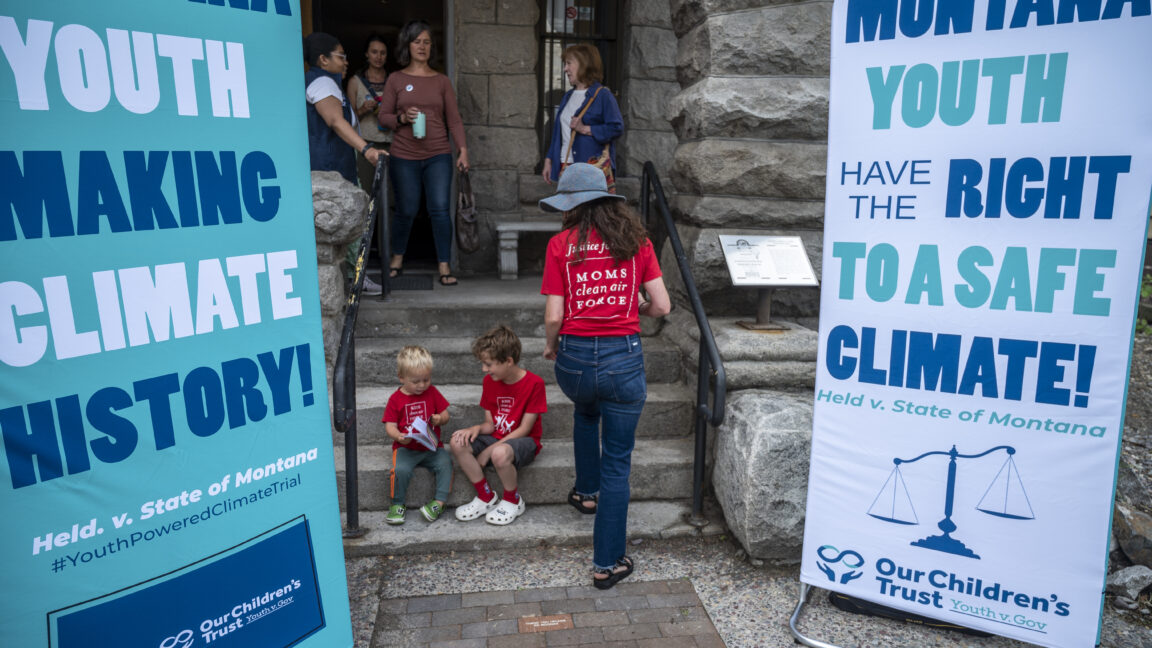Elon Musk’s retreat from DOGE has lifted Tesla’s market cap by $158 billion—but the stock is still 50% off its December peak
A TSLA stock rebound led to gains surpassing the current market caps of Amgen or Adobe.

On April 24 this reporter posted an article titled “How much was Elon Musk’s pledge to step back from DOGE worth? $67 billion to frustrated shareholders.” Two days earlier, on Tesla’s Q1 conference call held after the close of trading, Musk promised that, in a matter of months, he would be “allocating far more time to Tesla.” When the NYSE bell rang at 4 PM on April 24, the EV maker’s shares had jumped by over 9% to hit $260, lifting its market cap by $68 billion. The stirring vote of confidence that Musk’s pending return will recharge Tesla’s flagging stock inspired my story.
As it turned out, the $68 billion surge proved a modest first installment on what folks and funds are wagering getting Musk back on-site at Tesla’s design centers, and onto the gigafactory floors from Austin to Shanghai, means for its future. On April 25, the day after my story appeared, the stock jumped another 10% to $285, nearly 20% above the $238 level preceding the CEO’s declaration. All told, the “The rebound from DOGE” news—coupled with renewed Musk's assurances he'll launch an inexpensive new Model Y this year, and get robotaxis rolling in 2026—has lifted Tesla’s valuation by $158 billion to $918 billion. That three-day explosion added more than the current market caps of Amgen, Caterpillar, Adobe, and all but around 45 other U.S. companies.
The quick rise restored a big chunk of the wealth Tesla’s fans lost since its shares collapsed 50% from their all-time high in December. But for anyone interested in purchasing the stock today, it’s an unwelcome development. It merely makes what even after that steep fall appeared a highly overvalued player even more outrageously expensive, based on conventional, sober analysis of the numbers. As I stated in the previous piece, Tesla in Q1 generated more than 100% of its earnings on the sale of regulatory credits, a benefit that Musk acknowledges will fade in the future. Over the past four quarters, Tesla's garnered a paltry $3.5 billion on the “hardcore” business of making and selling EVs and batteries. (It lost $13 million on those franchises in Q1.) What I call the “Elon Musk Hope Premium,” the bulge investors award for the products he’s touted but that haven’t yet arrived, accounts for $850 billion, or over 90% of the current market cap.
Now, the stock’s less-than-one-week takeoff means the future profit bogeys Musk must hit to enrich shareholders just went even higher—courtesy of the vaulting “Hope Premium.” Hence, the chances of reaching them grow more unlikely. For Tesla to hand investors a 10% annual return in seven years, its market cap would now need to double from today’s $918 billion to $1.84 trillion. Say Tesla is sporting a still strong price/earnings ratio of 30 by then. By April of 2032, its earnings would be racing at $60 billion a year. That’s two-thirds the current four-quarter result for the Western world’s biggest profitmakers, Apple and Microsoft.
The required growth rate in GAAP net profits from $3.5 billion in core, repeatable profits today: 50% a year. The problem: Tesla’s numbers aren’t pointing skyward to make that happen. They just keep tumbling as the "Trump Hope Premium" keeps swelling.
This story was originally featured on Fortune.com








